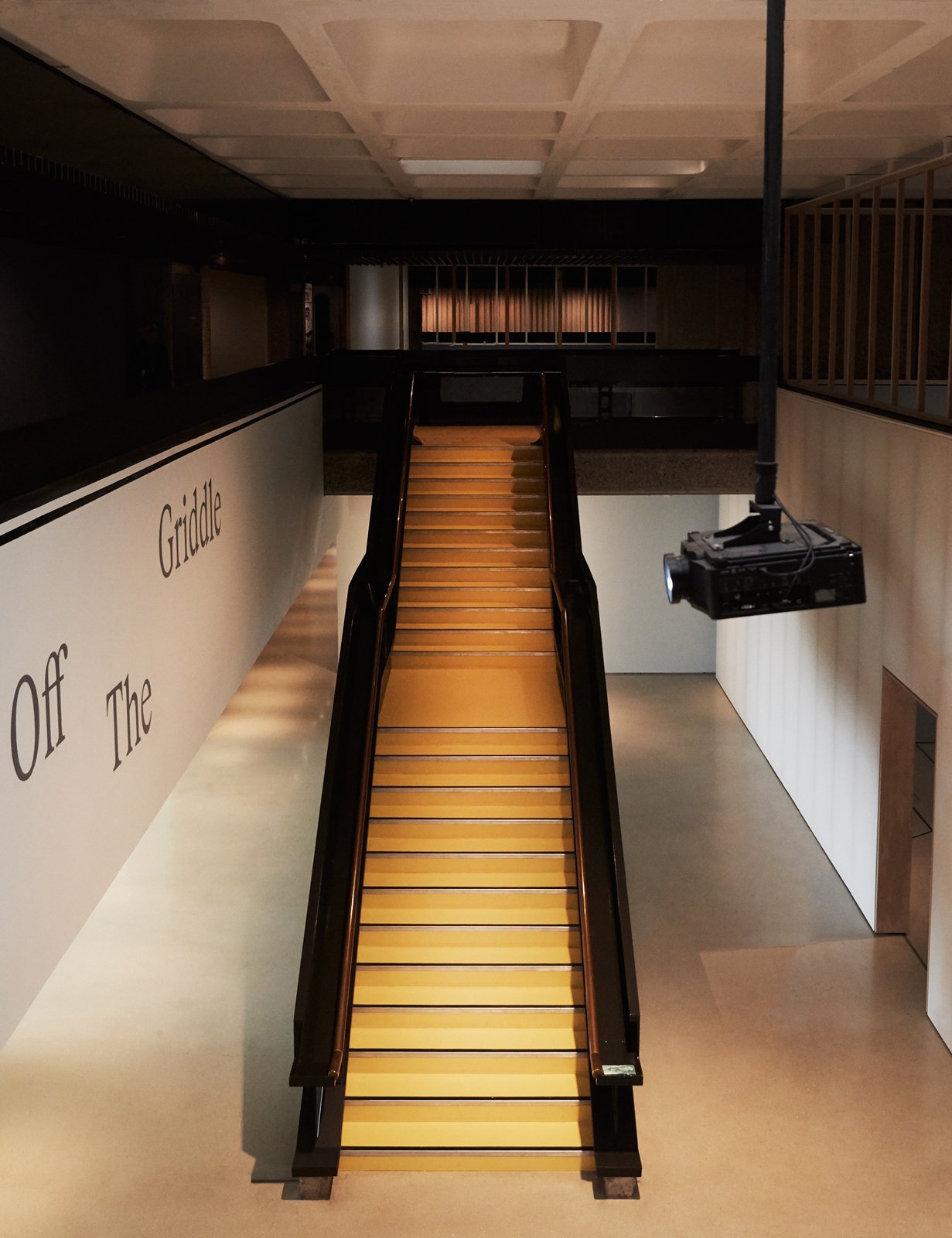Barbican
London’s Barbican is a prominent example of British Brutalist architecture. This style emerged during the 1950s, among the reconstruction projects of the post-war era. It is not only a style but a philosophical approach to architectural design.
Category: Art&Architecture
Location: London, England
The Barbican Estate, or simply Barbican, is a residential complex, built in an area once devasted by the World War II bombings.
It is a prominent example of British Brutalist architecture.
This style emerged during the 1950s, among the reconstruction projects of the post-war era. Brutalist buildings are characterized by minimalist constructions that showcase the bare building materials and structural elements over decorative design.
Often, it makes use of exposed, unpainted concrete, angular geometric shapes, and a predominantly monochrome colour palette.
Brutalism is said to be a reaction against the nostalgia of the 1940s architecture.
Derived from the Swedish phrase “nybrutalism”, the term “new brutalism” was first used by British architects Alison and Peter Smithson, further popularised in a 1955 essay by architectural critic Reyner Banham (who also associated the movement with the French phrase “béton brut”, or “raw concrete”).
In the United Kingdom, brutalism was influenced by socialist principles, and was most commonly used in the design of institutional buildings (such as universities, libraries, courts, and city halls).
New brutalism is not only a style but a philosophical approach to architectural design. Stylistically, brutalist buildings are usually constructed with reoccurring modular elements representing specific functional zones, distinctly articulated, and grouped together into a unified whole.
A common theme in brutalist designs I the exposure of the building’s inner workings – ranging from their structure and services to their human use – in the exterior of the building.
During the Second World War, the City of London suffered serious damage and loss of life.
The Barbican Estate was built between 1965 and 1976, on a site that had been bombed.
The complex was designed by architects Chamberlain, Powell and Bon, and it was built for affluent city professionals and their families.
It is now home to around 4,000 people, as well as a community-run wildlife garden.
The Barbican Centre is a performing arts centre, the largest of its kind in Europe.
It hosts classical and contemporary music concerts, theatre performances, film screenings and art exhibitions.
The London Symphony Orchestra and the BBC Symphony Orchestra are based in the centre’s Concert Hall.









